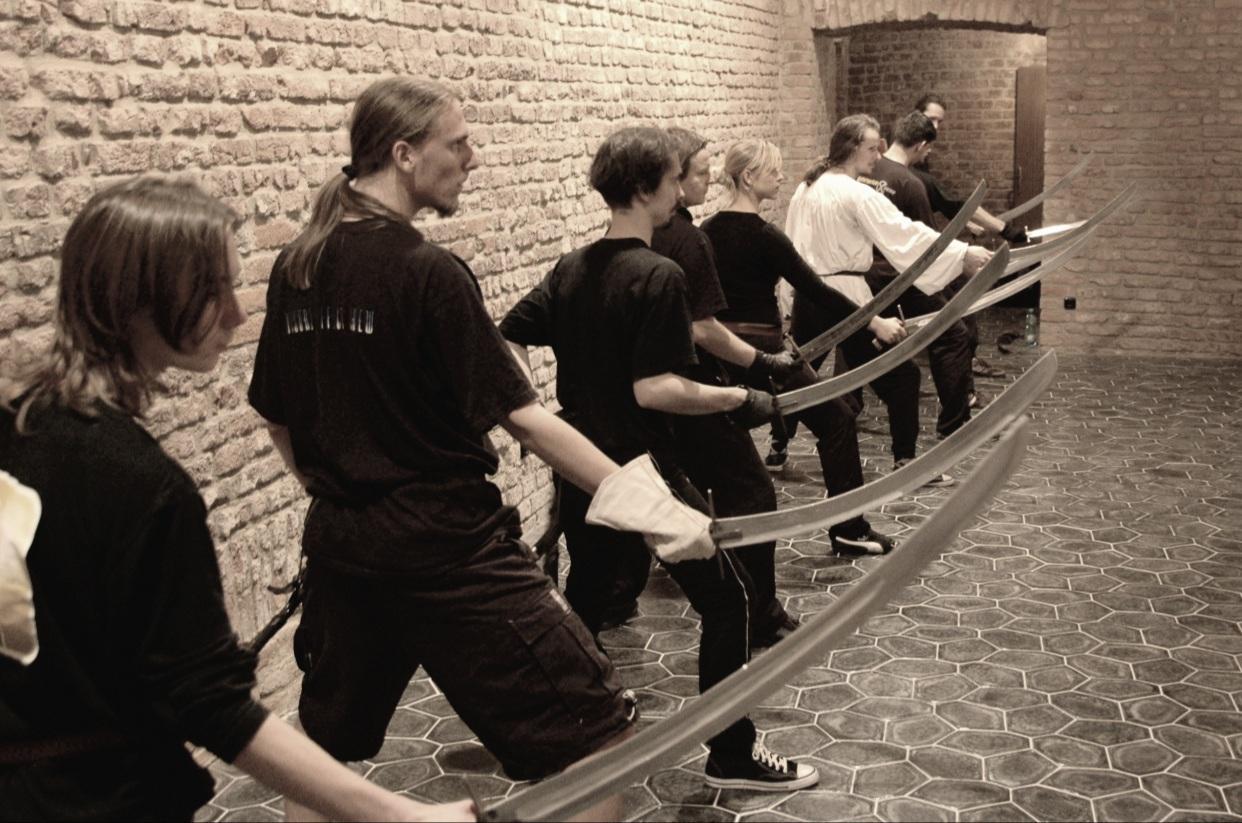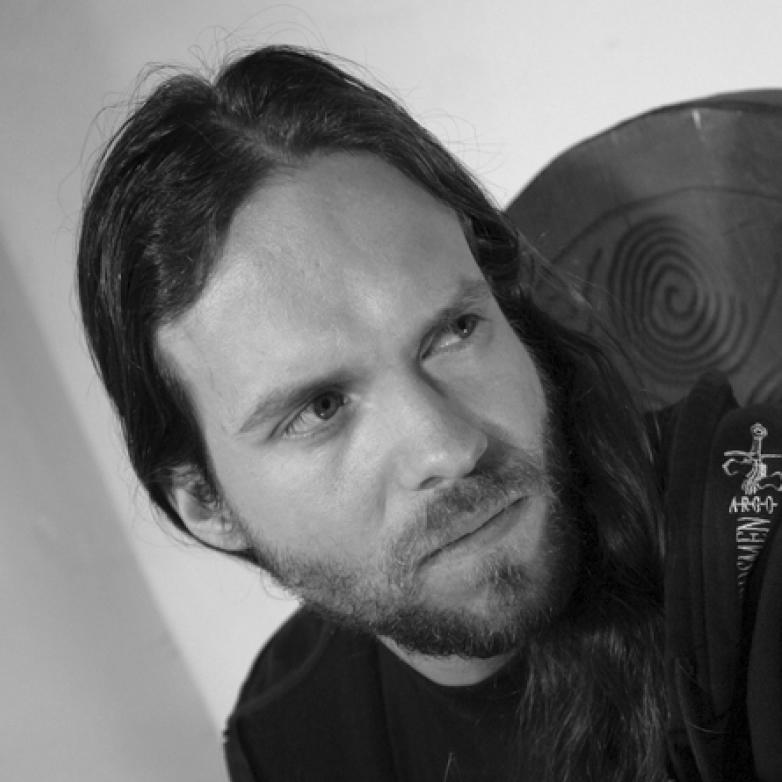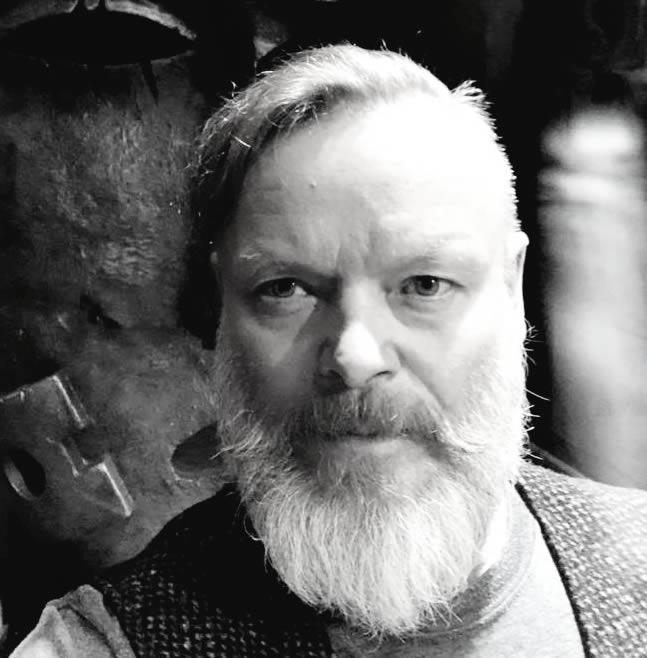European or Oriental sabre fighting school. Characteristic is the emphasis on slashing, movement in space, various forms of drawing, sheathed techniques and the use of blade curvature to recover the attack after cover.

Lecturers
Jan “Jon” Šourek
He works in: Prague
Petr Nůsek A.R.G.O.
He works in: České Budějovice, Český Krumlov, Prague, Tábor
Sabre School
The sabre is a weapon with a long and turbulent history. Different variants of sabre weapons have been documented from all over Eurasia, notably the Indian talwar, the Persian shemshir, the Arab saif, the Turkish kilidj and a North Asian steppe weapon called the ordynka. The sabre appeared in Europe in the 10th century, but did not reach its zenith of popularity until the 19th century, when it was used as a military weapon in armies. The curvature of the blade makes it relatively easy to make very effective slashes with the sabre, but this does not exhaust its technical potential – its curvature allows for a sneak attack with a point through cover, and its reverse blade (called a yelman) is also used.
As in Japanese iaido, the correct way of drawing the sabre and, in turn, defending against it is essential. Treatises on sabre fighting are documented from England, France, Italy, Hungary and other central European countries. Fighting techniques documented in Arabia and India are still a mystery to Europe, and it is possible that further expansion of our knowledge in this direction can be expected in the future.The sabre school taught within the Magisterium is not a literal reconstruction of one selected sabre master and his terminology, but is a systematized extraction and interpretation of contemporary treatises, so as to not only respect the characteristic techniques of the time as much as possible, but also to allow their safe practice and staging.
The system reconstructed by Ing. Peter Koza is optimized with regard to didactics, coherence and meaningfulness of techniques and already serves as a solid foundation for further development – whether in the direction of historical reconstruction, sports and recreational retreat or staging.
The sabre school taught within the A.K.A. (A.R.G.O.) studios uses the system and know-how of the Magisterium and builds in the pupils above all the basics of correct movement habits, a sense of pace and distance and purity of movement.
Petr Nůsek A.R.G.O. develops this foundation in the categories of safe performance and movement culture. The priority aspect of the training is safety, safe and conscious control of the weapon and one’s own body in standard and non-standard conditions. The technical content of the training consists in teaching falls and rolls with weapon and scabbard, manipulation with weapon and scabbard (movement, holding, feeding, throwing), emphasis is placed on steps in line and in space, step combinations, attacks with slash and point with focus on accuracy, timeliness. More advanced techniques such as multiple attacks, binds, passive and active covers, transfers, retaliation, attack recovery, etc. are taught in a historical, step and staging context and students learn not only the external form of movement, but also fencing thinking. Thanks to the technical equipment, pupils have the opportunity to use immediately borrowed weapons and protective equipment.


